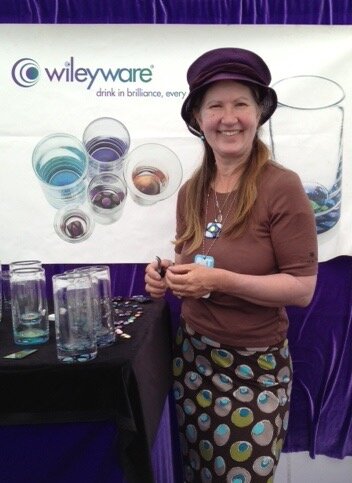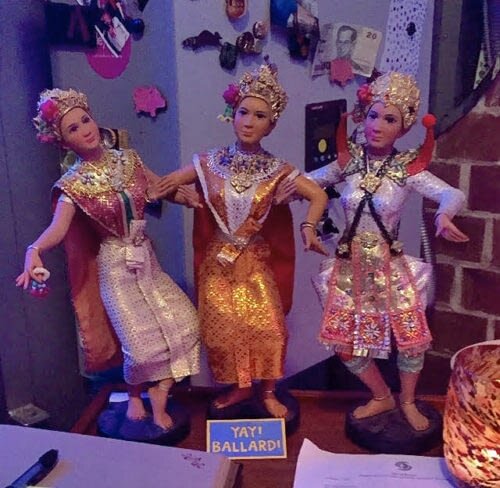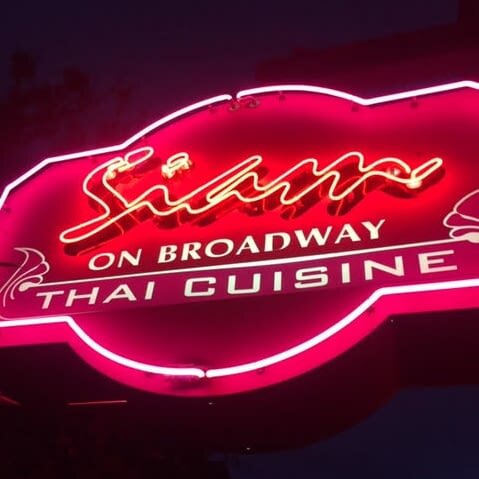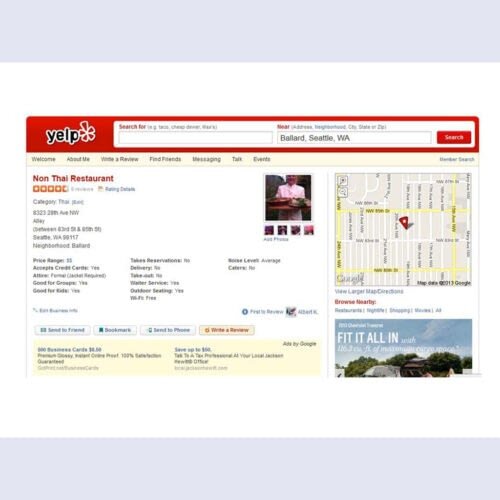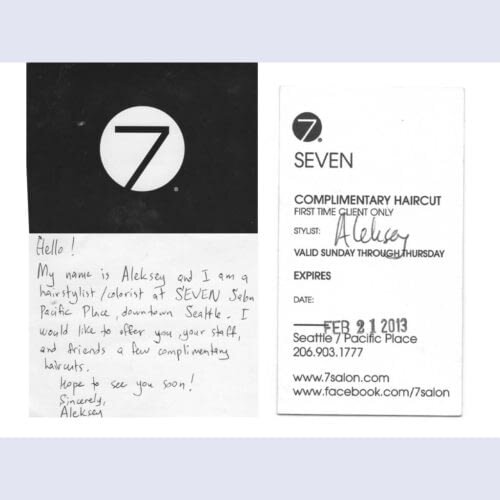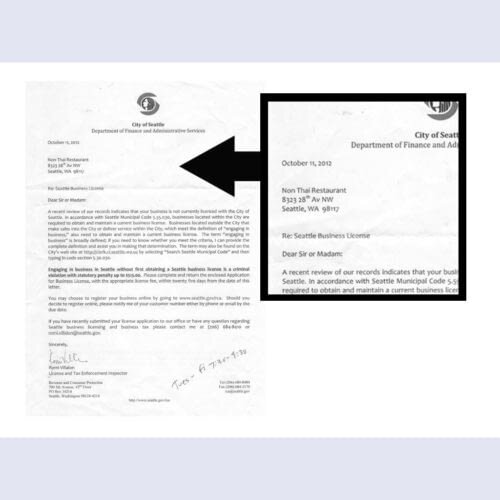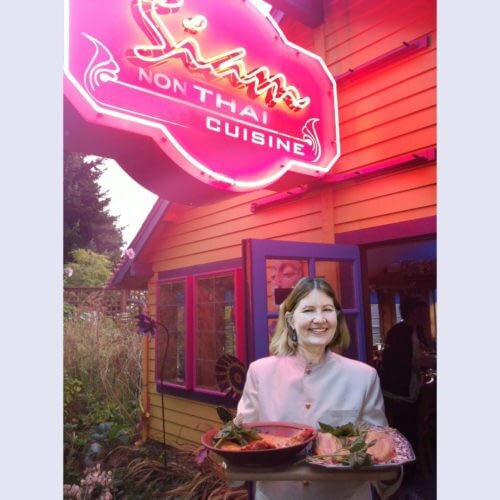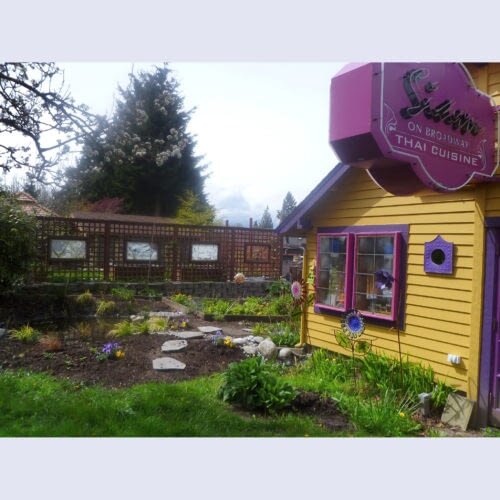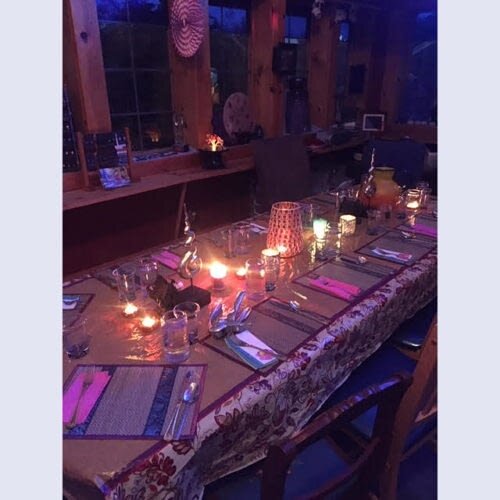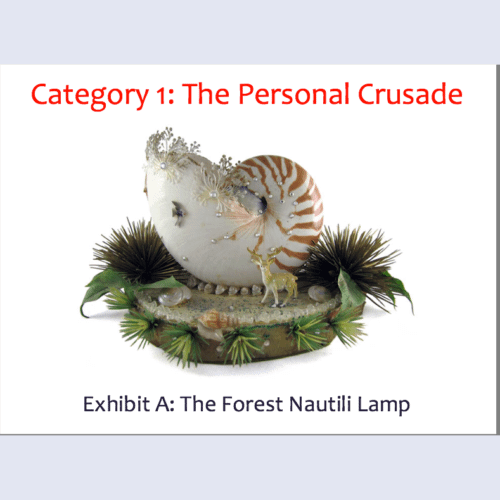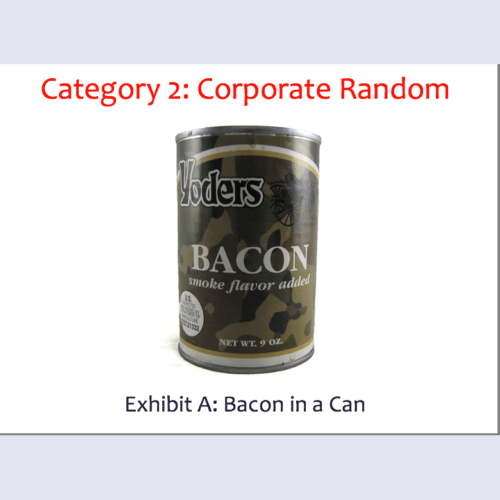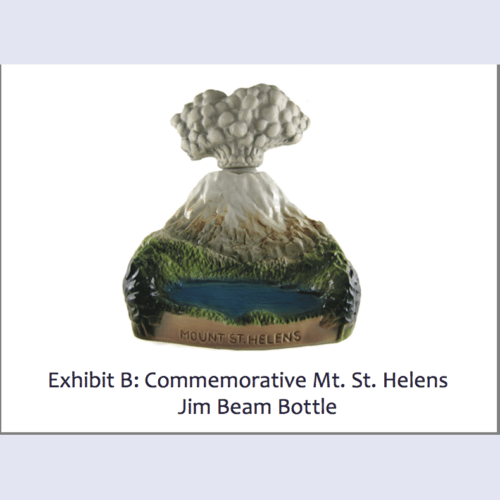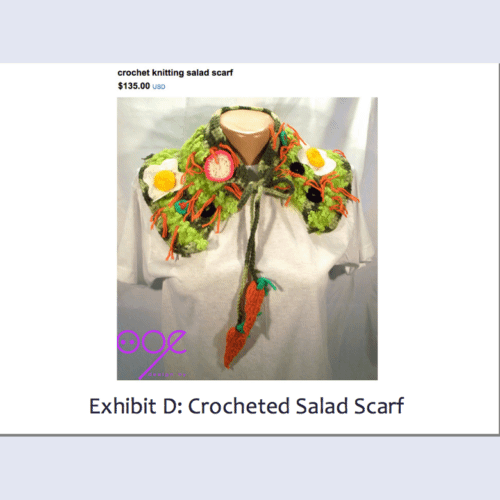The day I learned that I could work with this magical material was a happy day for me indeed. I set out to design a drinking glass that could act like a kaleidoscope, showcasing the color shifting abilities of the dichro and using water as a lens within the glass to toss the color around.
Dichroic glass is “dichromatic” meaning it produces two colors (one transmitted, one reflected) at once, depending on the angle of viewing. This surprising and beautiful color shifting property is also seen in the throat feathers of a hummingbird, peacock feathers, the mineral labradorite, a morpho butterfly wing, certain opals, and in the shells of many insects.
From Wikipedia: When light falls on a sheet of dichroic glass a series of dynamic interactions produce a phenomena known as destructive interference in which the reflected light becomes colored because some spectra are absent. The remaining light filtered through the dichroic coating is called the transmitted color. Further subtle color changes are seen if the angle of the viewer is shifted.
The material is made in a very expensive industrial vacuum chamber. Multiple ultra-thin layers of different metals (such as gold or silver); oxides of such metals as titanium, chromium, aluminium, zirconium, or magnesium; or silica are vaporized by an electron beam and condense on glass in the form of a crystal structure. A protective layer of quartz crystal is sometimes added. The finished glass can have as many as 30 to 50 layers of these materials, yet the thickness of the total coating is approximately 30 to 35 millionths of an inch (about 760 to 890 nm). By careful control of thickness, different colors may be obtained. To date over 45 colors of dichroic coatings are available.
I work with twenty or so different colors of dichroic coatings on clear, blue, green, black, and textured glass. One of the challenges of working with this material is that no two sheets of dichroic glass are identical and that there is variation within a single color. For example, the pink used in the “Glass of Comfort” can vary from a hot magenta to a blush pink to a periwinkle pink combo. However, you can expect the following color shifts to be seen in the main colors used in Wileyware:
“Northwest Vacation” Collection Colors
Emerald (purple/blue shift)
Purple (blue sometimes green shift)
Glacial Ice (silver/pale pink shift)
Blue (purple sometimes rose/green shift)
“Vacation at Home” Collection Colors
Tangerine (gold/silver/aqua color shift)
Magenta (aqua/gold/silver color shift)
Baja Blue (turquoise color shift)
Mint gold (turquoise color shift)
Funny story: When I was deciding on color names for my glasses, I asked customers for suggestions. The mint gold has a particularly otherworldly quality which women often described as being the color of a “potion.” Every single man I asked to describe it said it was the color of “trout”. Informally I now refer to that color as “Trout Potion No. 9” (with a nod to Herb Albert).


